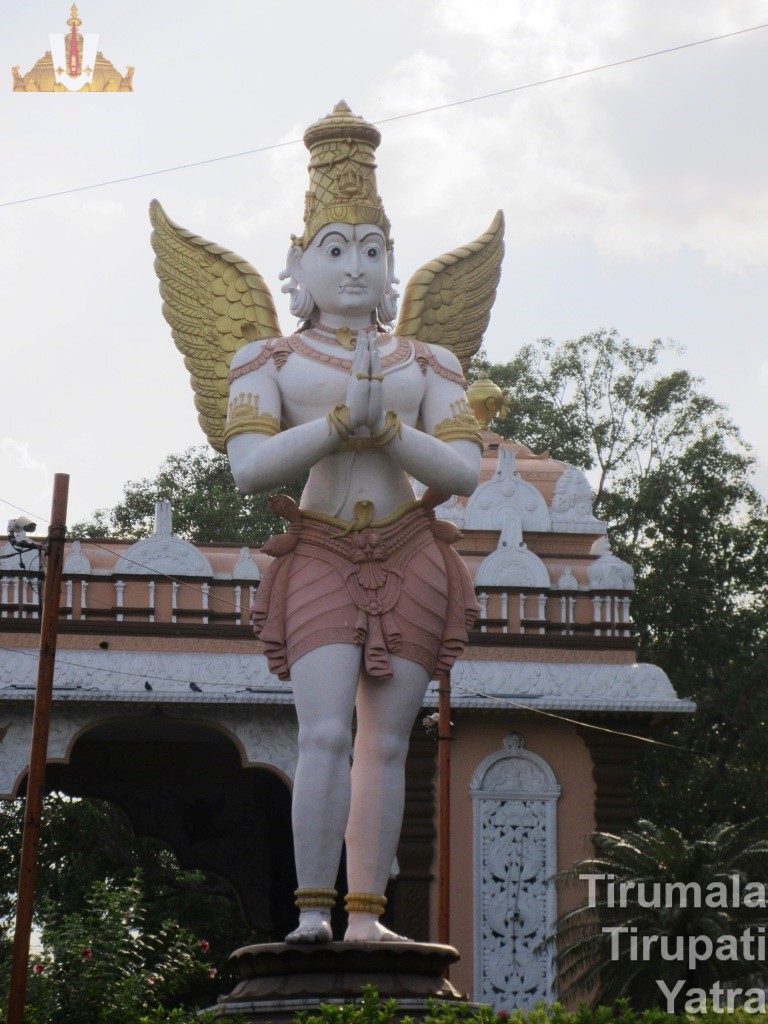Tirupati Balaji Darshan – Tirumala Tirumala is an ancient famous Pilgrimage centre. Maha Vishnu took the avatar of Srinivasa in Kaliyuga after the Rama and Krishna incarnations. Venkateswara is an idol form of Srinivasa. The Worship form of Srinivasa is Venkateswara Swamy. It is called Adi Varaha Kshetra. It is more than two hundred crore Read More
Tag: Sri maha Vishnu
Sri Venkateswara Swamy Darshan – ecstatic happiness
Sri Venkateswara Swamy Darshan – Tirumala Tirumala is an ancient famous Pilgrimage centre. Maha Vishnu took the avatar of Srinivasa in Kaliyuga after the Rama and Krishna incarnations. Venkateswara is an idol form of Srinivasa. The Worship form of Srinivasa is Venkateswara Swamy. It is called Adi Varaha Kshetra. It is more than two hundred Read More
Garuda – Vehicle of Sri Maha Vishnu
Garuda – Huge Idol In Alipiri, on the way to Tirumala, we find the huge Statue of Garuthmantha in all his majesty. It is suggestive of “I am here to carry forward all your requisitions to Lord Srinivasa. Brahmotsavams and on Purnima Day Among all Vahana sevas performed to Sri Venkateswara Swamy, Garuda Seva Read More


